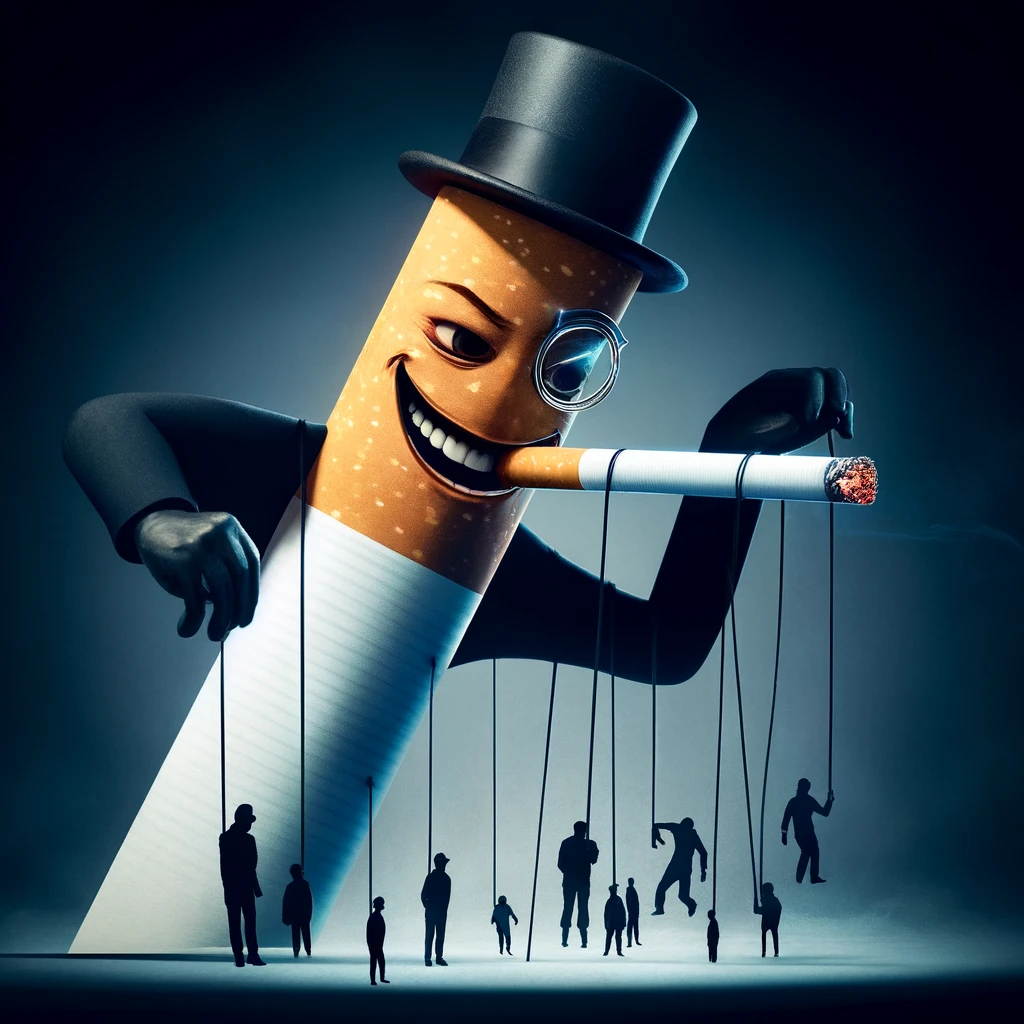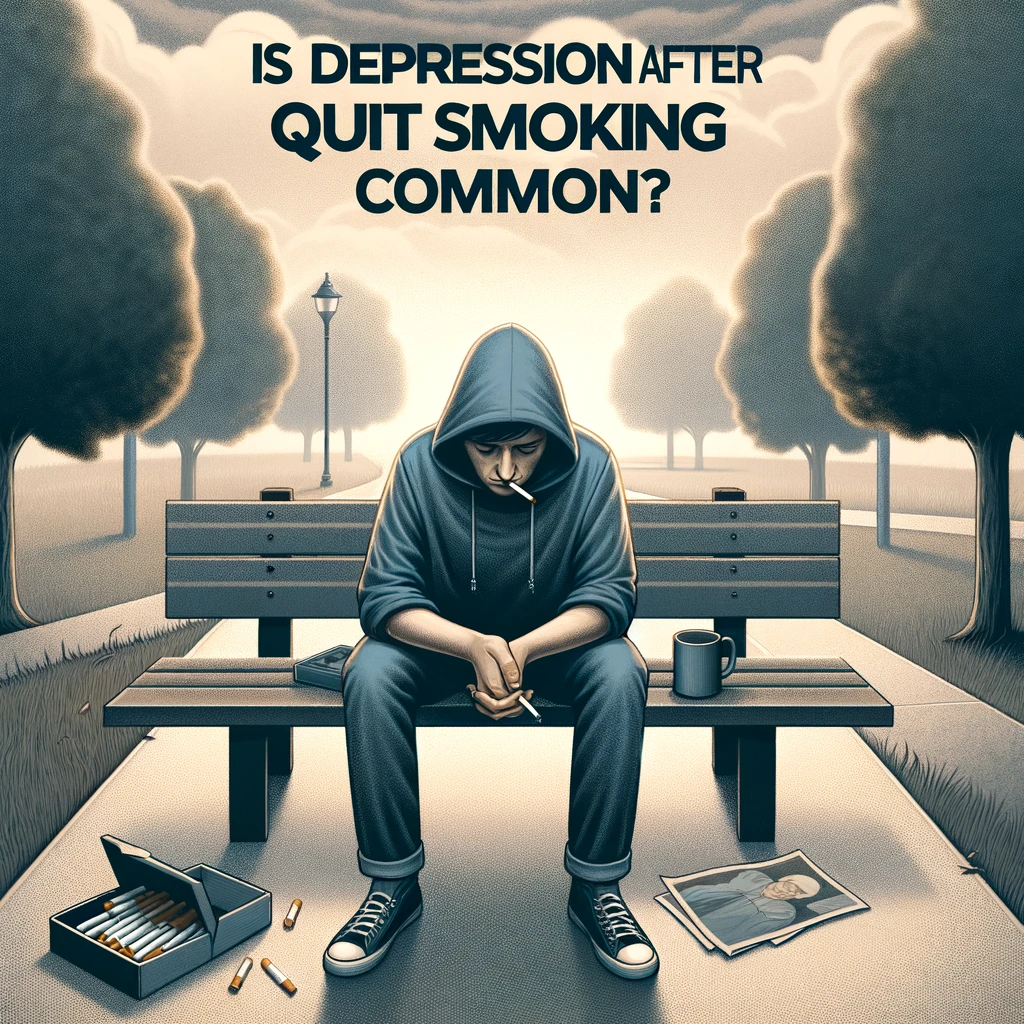Tobacco firms ‘mislead regulators’
Study says the makers manipulated the design of light cigarettes so they appeared to have low doses of tar
BY HELEN BRANSWELL
VANCOUVER SUN, WEDNESDAY, FEBRUARY 8, 2006
TORONTO- Tobacco companies deliberately manipulated the design of light or low-yield cigarettes so they appeared to deliver low doses of tar and nicotine in machine testing, but allowed smokers to absorb substantially higher doses, a trio of Canadian researchers said in a study published Wednesday.
Executives of industry giant British- American Tobacco knew regulators might eventually realize the testing protocols were inadequate and demand changes, but took the position any talks over a new testing format should be “stretched out” until “exhaustive studies” established that any proposed new system was in fact better, said the authors, quoting from company demands.
The study, rushed to print by the British medical journal The Lancet, is based on internal tobacco industry correspondence and research on smoking behavior undertaken by Imperial Tobacco Ltd. And its parent company, British-American Tobacco. The papers were among the estimated 45 million pages of private documents the industry was forced to make public in response to court cases brought in the United States.
The researchers said BAT designed “elastic” cigarettes by manipulating the blend of tobacco and the pressure in the cigarettes during smoking. The latter was achieved by using paper of low porosity and ventilated filters, which had the effect of decreasing the efficacy of the filter and increasing the concentration of smoke per puff.
“These documents speak volumes,” said Rob Cunningham, a senior policy analyst with the Canadian Cancer Society who was familiar with, but not involved in the study.
“It exposes internal tobacco company documents showing how early they knew the deceptive nature of so-called low tar cigarettes.”
But the head of public affairs for Imperial Tobacco Canada said his company “never, never produced, manufactured or designed elastic cigarettes,” so called because the amount of addictive nicotine a smoker can absorb shoots up when the cigarette is puffed slightly harder.
Yves- Thomas Dorval said the authors of the study are anti-smoking activists whose goal is to paint tobacco companies in a negative light in a bid to drive smokers to quit.
“What they want essentially is to [harm] our reputation,” he said. “So what they are doing in the paper is not necessarily objective.”
The study was written by David Hammond, a professor of health studies at the University of Waterloo and Neil Collishaw and Cynthia Callard, from the group Physicians for a Smoke-Free Canada.
The researchers pored over dozens of documents outlining how low-yield cigarettes were developed, tested and marketed to smokers.
“They specifically designed their cigarettes so they would provide low yields under the machine testing so they would have low numbers on the package and to include in their marketing.” Hammond said from Geneva, where he was attending a conference of the parties to the Word Health Organization’s Framework Convention on Tobacco Control.
Dorval challenged that assertion, saying in Canada cigarettes are labeled with a range of numbers showing both low-yield statistics and the doses that would be delivered by high intensity smoking.
The authors said the industry has denied that smokers compensate by drawing more smoke from low-yield cigarettes. But the documents revealed the companies knew for decades that people smoke differently than machines, and even built a product strategy upon the understanding that smokers draw harder and more frequently on low-yield cigarettes to achieve the nicotine levels they craved.
Dorval, insisted, however, that BAT has acknowledged “for many years” that smokers compensate when drawing on low-yield cigarettes.
Dr. Prabhat Jha, director of the Centre for Global Health Research at the University of Toronto and St. Michael’s Hospital, said it’s time the federal government imposed a total ban on direct and indirect tobacco advertising and promotion, including product placements. The ban needs to eliminate the right to term cigarettes mild or light, he said.
Get a personal consultation.
Feel free to contact us nearest to your location







